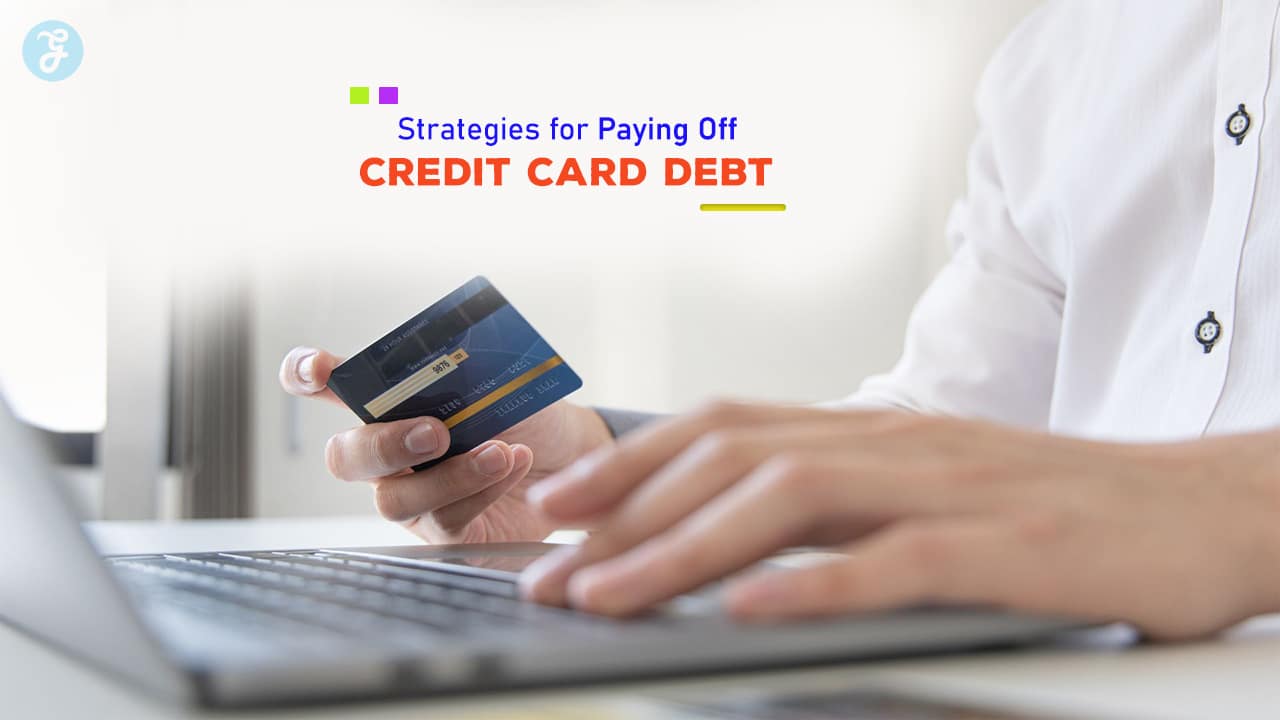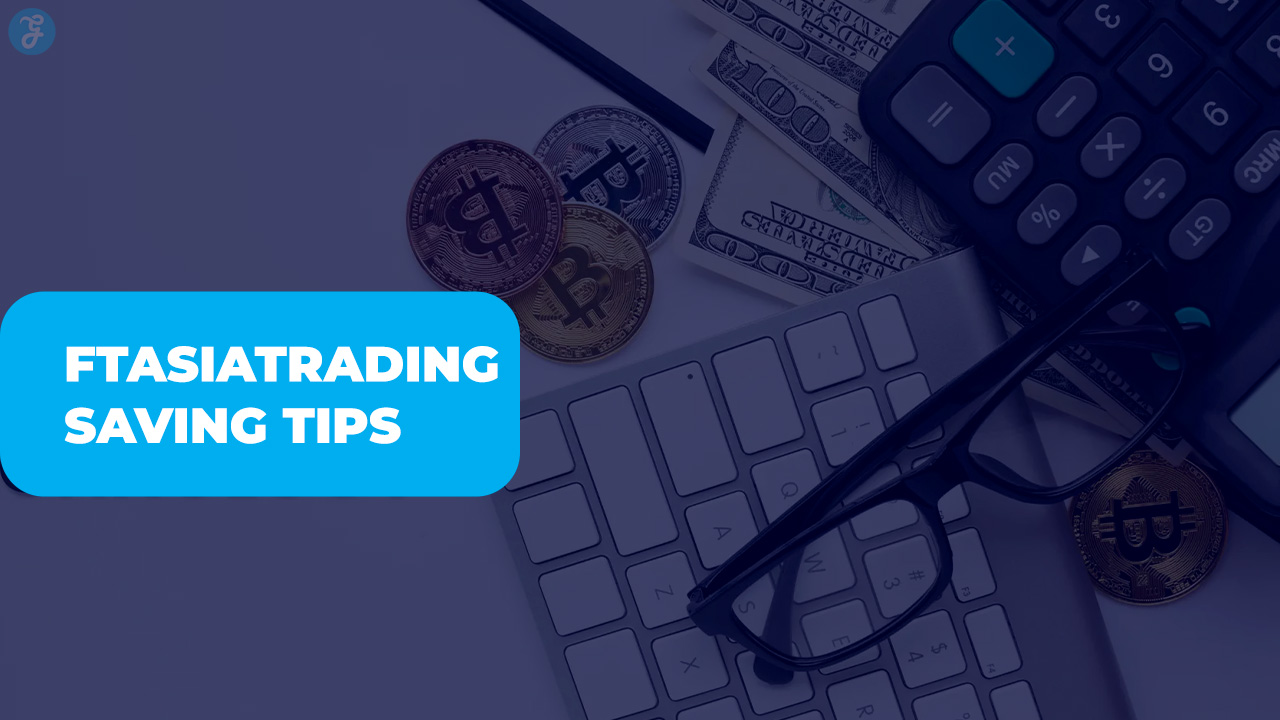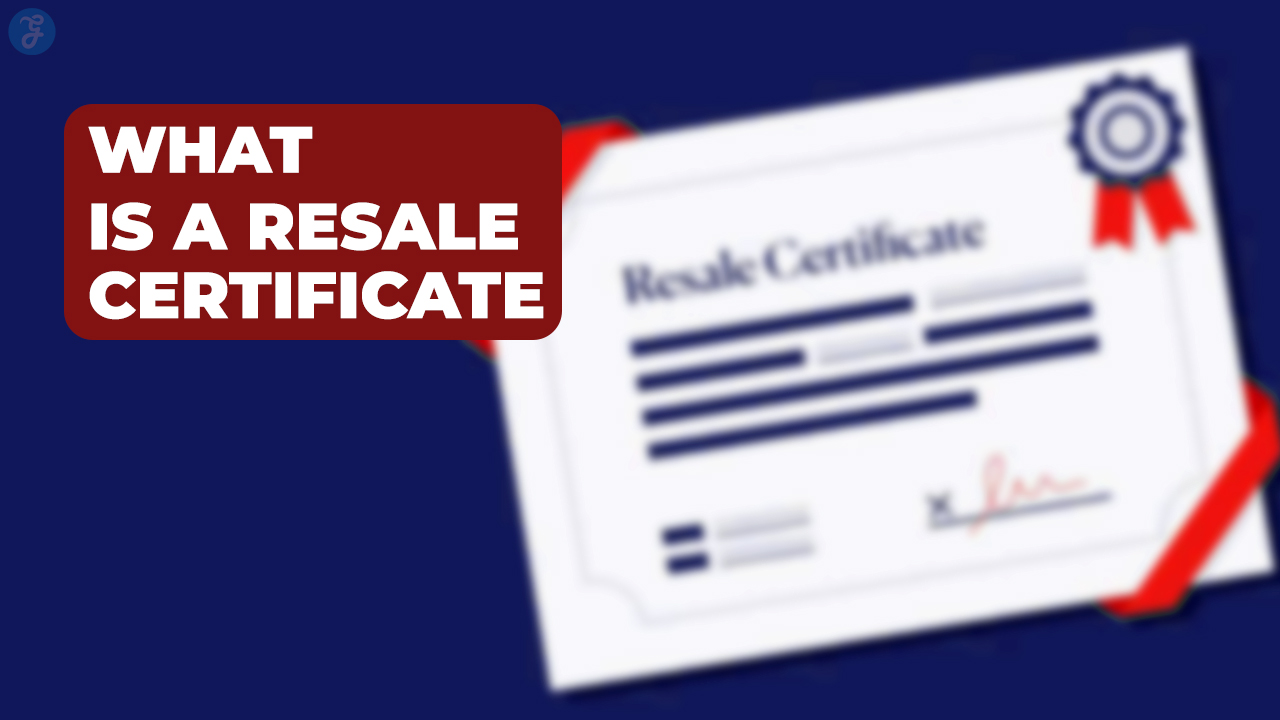Credit card debt can spiral out of control quickly, particularly when high-interest rates make it difficult to reduce the principal balance.
Whether you’re juggling multiple cards or facing overwhelming debt on a single card, the key to getting out of debt lies in adopting a structured repayment strategy.
Tackling your debt head-on may seem daunting, but the good news is that with the right approach, you can pay off credit card debt effectively and regain control over your finances.
In this guide, we’ll walk you through 8 proven strategies for paying off credit card debt, each designed to help you minimize interest payments, create momentum, and work your way toward debt freedom.
By combining these approaches with a solid budget and financial discipline, you can begin to clear your debt and take steps toward long-term financial health.
1. The Debt Snowball Method
The debt snowball method is one of the most popular and psychologically rewarding strategies for paying off credit card debt.
This method involves focusing on paying off your smallest debts first while making minimum payments on your larger debts.
The idea is to build momentum by eliminating smaller debts quickly, giving you a sense of accomplishment that can motivate you to keep going.
How the Debt Snowball Works
- List Debts from Smallest to Largest: Organize your credit card debts from the smallest balance to the largest, without worrying about interest rates.
- Pay the Minimum on All but One: Continue making minimum payments on all your credit cards except the one with the smallest balance.
- Focus on the Smallest Debt: Apply all extra funds to the smallest debt, working to pay it off as fast as possible.
- Roll Over Payments: Once the smallest debt is cleared, take the amount you were paying on that debt and apply it to the next smallest.
Psychological Benefits of the Debt Snowball
The debt snowball method is particularly effective because it builds momentum. Each small victory creates a sense of progress and accomplishment, which can motivate you to keep going.
As you watch balances disappear more quickly, it can also lessen the feeling of being in debt. This method works well for people who need motivation to stick to their debt repayment plan.
Potential Downsides of the Snowball Method
The downside to the debt snowball is that it doesn’t prioritize interest rates, which means you may pay more in interest over time compared to other strategies.
However, the emotional boost from quick wins often outweighs the extra interest, making this method an effective solution for many people.
2. The Debt Avalanche Method
If saving money on interest is your top priority, the debt avalanche method is an excellent strategy. Unlike the debt snowball method, which focuses on balances, the avalanche method targets your highest-interest debts first.
By reducing the interest you’re paying, you’ll save more money in the long run, even though the initial debt payoff process may feel slower.
How the Debt Avalanche Works
- List Debts by Interest Rate: Organize your debts from the highest interest rate to the lowest.
- Pay the Minimum on Lower-Interest Debts: Make minimum payments on your lower-interest debts to avoid additional charges.
- Attack High-Interest Debt: Apply all extra funds to the debt with the highest interest rate to pay it off faster.
- Move to the Next Debt: Once the highest-interest debt is cleared, move on to the next highest interest rate, and continue until all debts are paid off.
Long-Term Savings with the Debt Avalanche
The debt avalanche method saves you the most money over time by minimizing the total amount of interest paid. This strategy works well for people who are less concerned with quick psychological wins and are focused on the long-term financial benefits.
Challenges of the Debt Avalanche
The major downside of the debt avalanche method is that it takes longer to see the first debt disappear. This can make it harder to stay motivated, especially if your highest-interest debt has a large balance. However, if you’re disciplined and focused on saving money, the debt avalanche can be a very effective strategy.
3. Balance Transfer Credit Cards
A balance transfer credit card is a powerful tool for reducing the interest you’re paying on high-interest credit card debt. Many credit card companies offer promotional balance transfer deals, with 0% APR for a set period—usually 12 to 18 months.
This allows you to transfer your high-interest balances to the new card and pay them off without accumulating additional interest during the promotional period.
How to Use a Balance Transfer Credit Card
- Find a 0% APR Card: Look for a credit card offering 0% APR on balance transfers. Some cards may charge a small balance transfer fee (typically 3-5% of the transferred amount).
- Check the Fees: Ensure the balance transfer fee doesn’t outweigh the interest savings you’ll achieve with the transfer.
- Transfer Your Balances: Move your high-interest credit card balances to the new card to benefit from the 0% interest period.
- Pay Off the Balance Before the Introductory Period Ends: Make sure to pay off the transferred balance in full before the promotional period expires to avoid high interest rates kicking in.
Benefits of Balance Transfers
A balance transfer can be a great way to reduce the cost of your debt and accelerate repayment, especially if you’re paying high interest rates on multiple credit cards.
By consolidating your debt into a single low-interest or 0% APR card, you can focus on paying off the principal without worrying about mounting interest.
Pitfalls to Avoid
Balance transfers come with a few risks. If you don’t pay off the balance before the promotional period ends, you could face a much higher interest rate on the remaining debt.
Additionally, transferring balances without addressing the underlying cause of your debt could lead to further credit card usage and debt accumulation.
4. Create a Realistic Budget
Creating a realistic budget is a fundamental step in paying off credit card debt. A budget allows you to track your income and expenses, helping you identify areas where you can cut back and redirect funds toward debt repayment.
By being mindful of your spending and allocating extra cash toward your debts, you can make significant progress toward becoming debt-free.
Steps to Creating a Debt-Focused Budget
- Track Income and Expenses: Start by documenting all your income sources and tracking every expense, from rent to groceries to small discretionary spending.
- Identify Areas to Cut Back: Review your spending to find non-essential expenses (like dining out, entertainment, or subscriptions) that can be reduced or eliminated.
- Allocate Extra Funds to Debt: Once you’ve freed up extra money, apply it directly to your highest-priority debt.
- Stay Disciplined: Stick to your budget and make adjustments as necessary to ensure you’re meeting your debt repayment goals.
The Power of Budgeting in Debt Repayment
A well-structured budget helps ensure every dollar is working for you. By identifying spending habits and making cuts in non-essential areas, you can allocate more funds toward paying off your debt. It also helps prevent future debt accumulation by creating better financial habits.
Challenges of Sticking to a Budget
Sticking to a budget requires discipline and regular tracking. Unexpected expenses can throw off your budget, so it’s important to have a small emergency fund to avoid relying on credit cards in times of need.
5. Negotiate a Lower Interest Rate
Negotiating a lower interest rate on your credit cards can make a significant difference in how quickly you pay off your debt. Many credit card companies are willing to lower your interest rate if you’ve been a loyal customer with a strong payment history.
Lowering your rate means more of your monthly payment goes toward reducing the principal balance rather than paying interest.
Tips for Successfully Negotiating a Lower Interest Rate
- Contact Customer Service: Reach out to your credit card issuer and politely request a lower interest rate. Emphasize your history of on-time payments and long-standing relationship with the company.
- Leverage Your Payment History: If you have a good track record of making payments, use this to your advantage when negotiating.
- Request a Temporary or Permanent Reduction: Even if the company won’t lower your rate permanently, you can ask for a temporary promotional rate.
- Be Prepared to Shop Around: If your current issuer won’t lower your rate, consider switching to a card with a lower interest rate or balance transfer options.
The Impact of Lower Interest Rates on Debt Repayment
Lowering your interest rate can save you hundreds or even thousands of dollars in interest, allowing you to pay off your debt faster. It’s one of the simplest yet most effective ways to accelerate your repayment plan.
Pitfalls to Avoid
While some issuers may lower your rate, others may not be willing to negotiate. In this case, you might need to explore alternatives such as balance transfers or refinancing your debt.
6. Set Up Automatic Payments
One of the easiest ways to manage credit card debt is to set up automatic payments. This ensures you never miss a payment, which can help you avoid late fees and protect your credit score.
Automatic payments can be set up for the minimum payment, a fixed amount, or the full balance—whichever works best for your financial situation.
How to Set Up Automatic Payments
- Log Into Your Credit Card Account: Most credit card companies allow you to set up automatic payments through their online platform.
- Select a Payment Amount: Choose whether to pay the minimum amount, a fixed amount, or the full balance each month.
- Link Your Bank Account: Ensure your bank account is connected so payments can be made automatically.
- Monitor Your Payments: Keep an eye on your account to ensure payments are being processed correctly, and adjust the payment amount as needed.
Benefits of Automating Your Payments
Automating your payments eliminates the risk of missed payments, which can result in costly late fees and damage your credit score. It also helps you stay disciplined by ensuring that you’re consistently making payments each month without relying on memory or willpower.
Challenges of Automation
While automation can simplify your payment process, it’s still important to monitor your account regularly to ensure the correct amounts are being paid and that you’re on track with your debt repayment goals.
7. Debt Consolidation Loans
A debt consolidation loan allows you to combine multiple credit card debts into a single loan with a fixed interest rate. This simplifies your monthly payments, as you’ll only have one loan to manage, and can potentially lower your interest rate if you have good credit.
Debt consolidation loans are especially helpful for individuals juggling multiple credit cards with varying interest rates and due dates.
How to Use a Debt Consolidation Loan
- Compare Loan Offers: Shop around to find the best loan terms from banks, credit unions, or online lenders.
- Pay Off Credit Card Balances: Use the loan funds to pay off your credit card debts, consolidating everything into one monthly payment.
- Stick to the Repayment Schedule: Make regular payments on your loan to avoid accruing more interest or falling behind.
Benefits of Debt Consolidation Loans
Consolidating your credit card debt into a single loan simplifies the repayment process and may help you secure a lower interest rate. This strategy is particularly effective if your credit score has improved since you originally opened your credit card accounts.
Potential Risks
Debt consolidation loans can be beneficial, but they require discipline. If you continue to use your credit cards after consolidating your debt, you could end up with even more debt to repay.
8. Use the 50/30/20 Budgeting Rule
The 50/30/20 rule is a simple yet effective budgeting method that helps you allocate your income in a balanced way.
According to this rule, 50% of your income should go to necessities (like rent and utilities), 30% to discretionary spending (like dining out and entertainment), and 20% to savings or debt repayment.
How to Apply the 50/30/20 Rule to Debt Repayment
- 50% to Needs: Allocate half of your income to essential living expenses like housing, groceries, and transportation.
- 30% to Wants: Use 30% of your income for non-essential purchases, but be mindful of cutting back in this area to free up more funds for debt.
- 20% to Debt Repayment and Savings: Dedicate at least 20% of your income to paying down credit card debt or building savings for emergencies.
Benefits of the 50/30/20 Rule
This budgeting method provides a clear and structured way to allocate your income, ensuring that you’re consistently putting money toward debt repayment without drastically cutting your lifestyle. It helps create balance while keeping you on track to meet your financial goals.
Challenges of the 50/30/20 Rule
If your living expenses exceed 50% of your income, it may be difficult to stick to this rule. In this case, you might need to adjust the percentages to better fit your financial situation.
Conclusion: Achieve Financial Freedom with These Debt Repayment Strategies
Credit card debt can feel overwhelming, but with these 8 proven strategies, you can create a clear path toward financial freedom. Whether you choose the snowball or avalanche method, consolidate your debts, or set up automatic payments, each approach helps you tackle your debt more effectively.
The key is to stay disciplined, stick to your plan, and be proactive in managing your finances. Over time, these strategies will reduce your debt and help you regain control of your financial future.






































